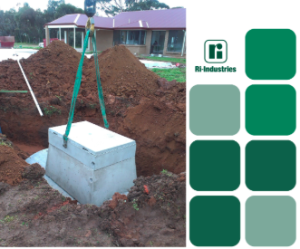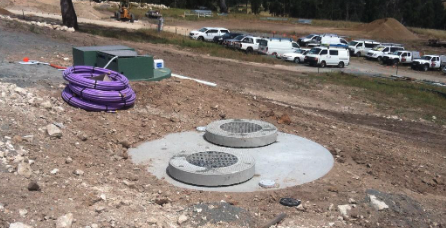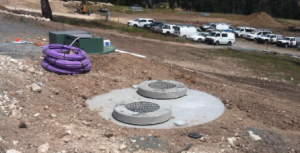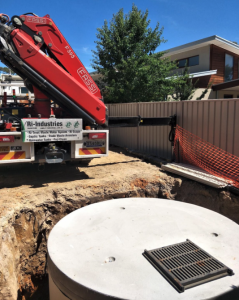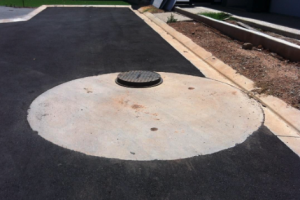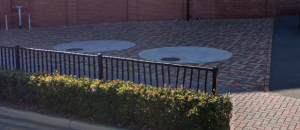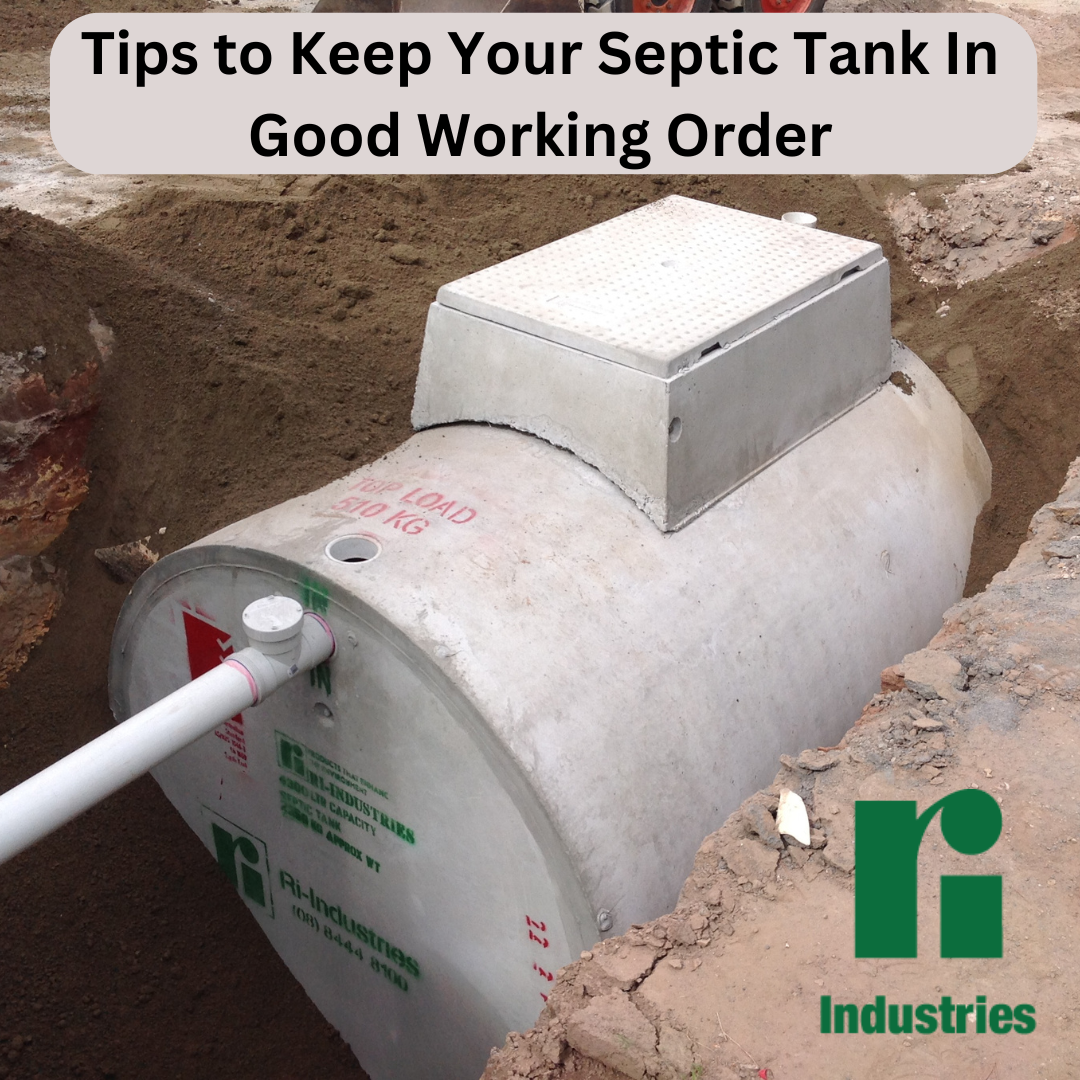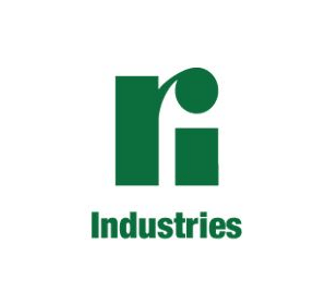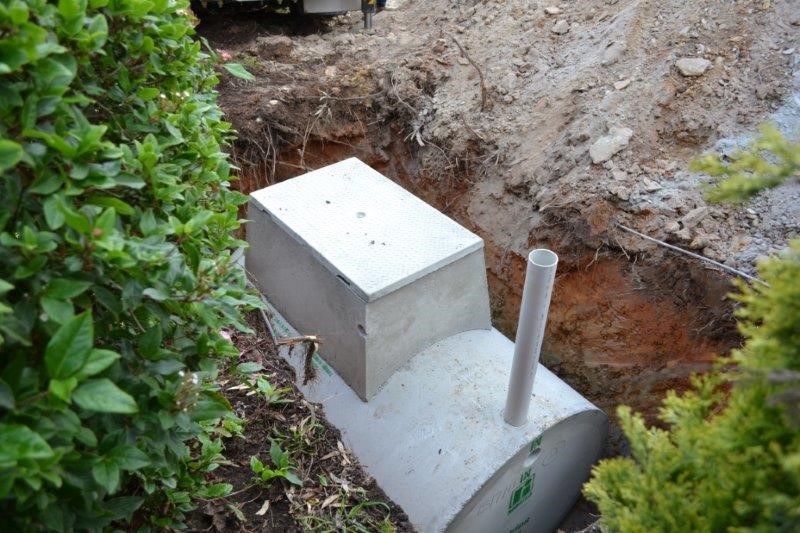
Septic tank regulations need to be strictly adhered to when the tanks are installed in South Australia. Septic tank systems are a crucial component of many homes in SA, particularly in rural and semi-rural areas where connection to centralised sewerage systems is not feasible. While these systems offer practical solutions for wastewater management, they are subject to regulations to ensure public health and environmental protection. Understanding these regulations is essential for homeowners to maintain compliance and avoid potential issues. In this article, we’ll delve into the key aspects of navigating septic tank regulations in South Australia.
Licensing and Approval
In South Australia, the installation, alteration, or replacement of septic tank systems typically requires approval from the local council or relevant authority. Homeowners must obtain the necessary permits and adhere to specific guidelines regarding system design, installation, and location. These regulations aim to ensure that septic tanks are installed correctly to prevent contamination of groundwater and surface water.
System Design and Installation
Septic tank systems must be designed and installed in accordance with state and local regulations, as well as Australian Standards. The design considerations include factors such as soil type, site topography, and proximity to water bodies. Installation and design of septic systems are regulated by the Health Department in each state. Local Council Health Inspectors will have relevant area specific information. Contact your local Council for a copy of these specifications.
The exact nature of your septic tank will need to be in line with your States’ regulations, but no matter where you are, we have a range of concrete septic tanks and replacement concrete septic tank lids to suit your needs.
Maintenance and Inspection
Regular maintenance and inspection are essential for the proper functioning of septic tank systems. Homeowners are typically responsible for maintaining their systems in good working order, which may involve tasks such as regular pumping, monitoring for leaks, and avoiding the disposal of inappropriate materials into the system. Additionally, periodic inspections by qualified professionals may be required to ensure compliance with regulations and identify any issues promptly.
Environmental and Health Considerations
Proper management of septic tank systems is critical for safeguarding public health and protecting the environment. Poorly maintained or malfunctioning systems can pose risks such as groundwater contamination, surface water pollution, and the spread of waterborne diseases. By adhering to regulations and implementing best practices, homeowners can minimise these risks and contribute to a healthier environment.
Compliance and Enforcement
Non-compliance with septic tank regulations can result in serious consequences, including fines, legal action, and environmental damage. Local councils and environmental health authorities have the authority to enforce regulations and investigate complaints related to septic tank systems. Therefore, homeowners must ensure that their systems meet all regulatory requirements and address any issues promptly to avoid penalties. You can rest assured that Ri-Industries will meet all the regulatory requirements of your local council and health authorities.
Community Engagement and Education
Community engagement and education play vital roles in promoting compliance with septic tank regulations. Local councils, environmental organisations, and community groups can provide resources, workshops, and outreach programs to educate homeowners about proper septic system management. By raising awareness and fostering a sense of responsibility among homeowners, these initiatives can contribute to the overall health and sustainability of communities.
Navigating septic tank regulations in South Australia requires a clear understanding of the legal requirements, system design principles, maintenance practices, and environmental considerations. Ri-Industries has been in the septic tank business for more than 75 years and has developed efficient manufacturing techniques to produce concrete septic tanks and septic tank lids that will comply with local regulations. You may contact your local Council for a copy of their specifications. Of course, our experts are always here to help also.


